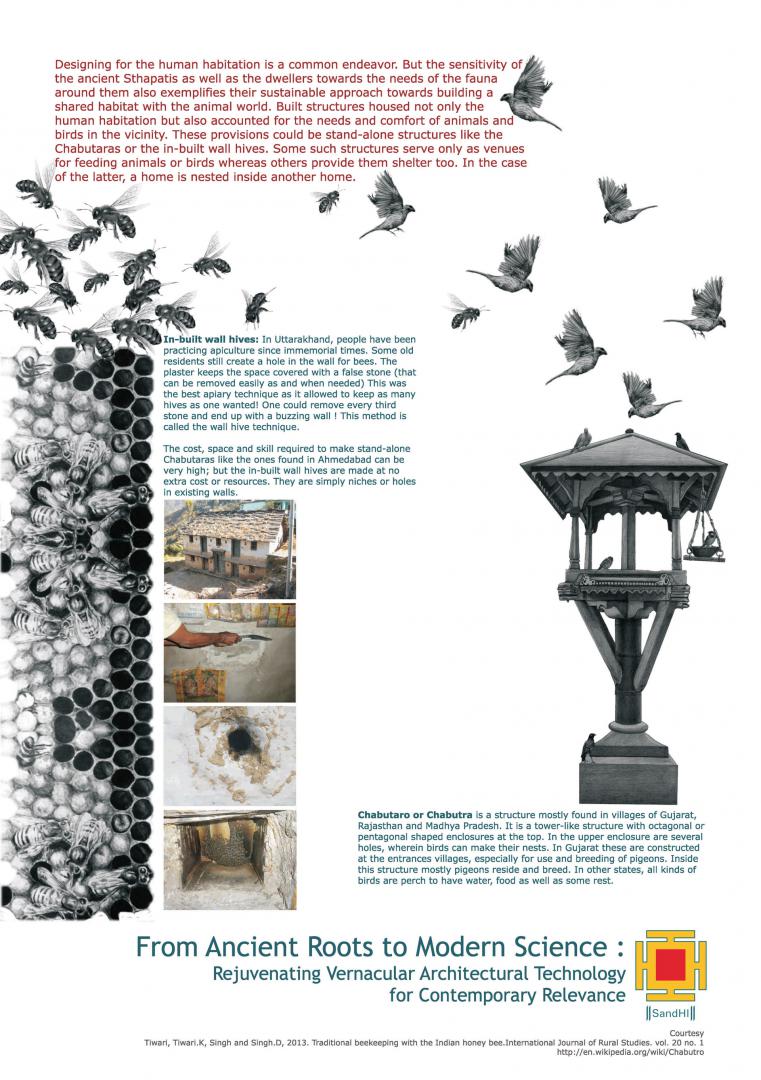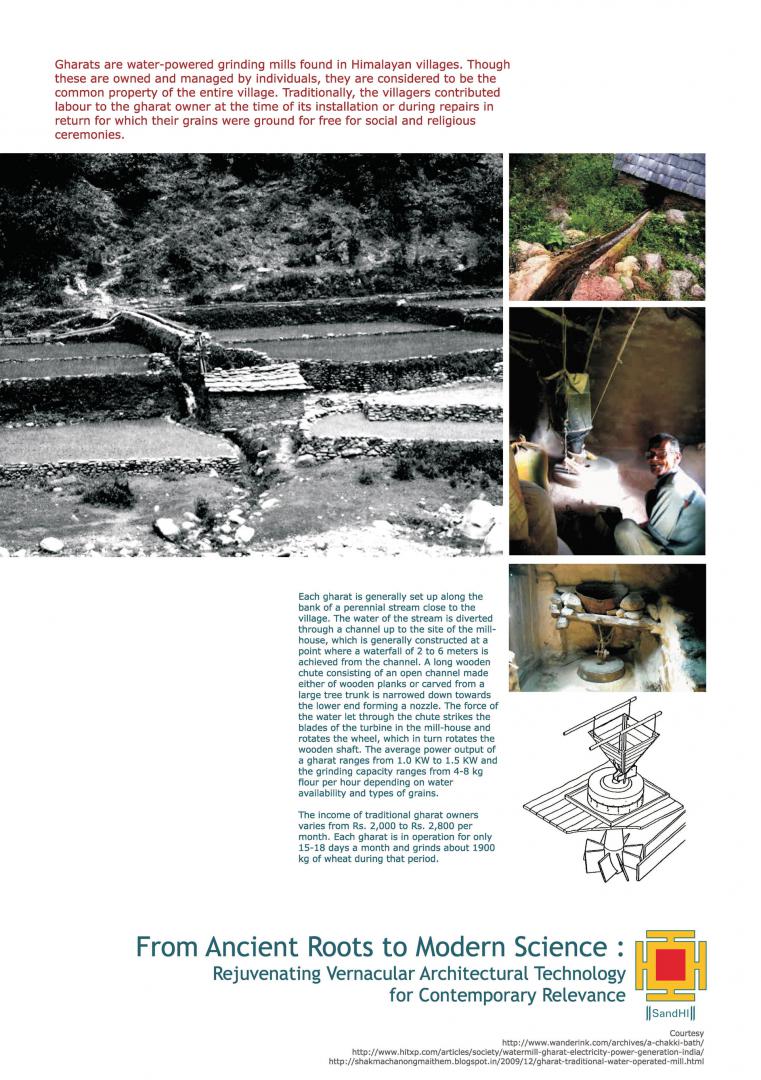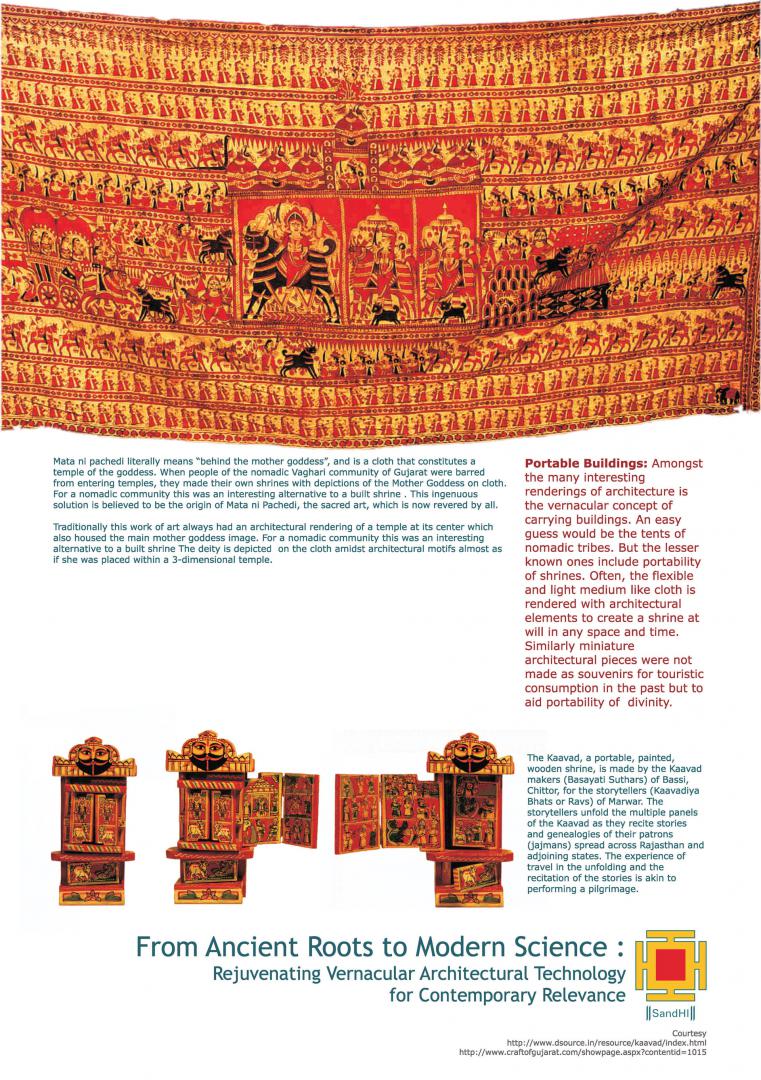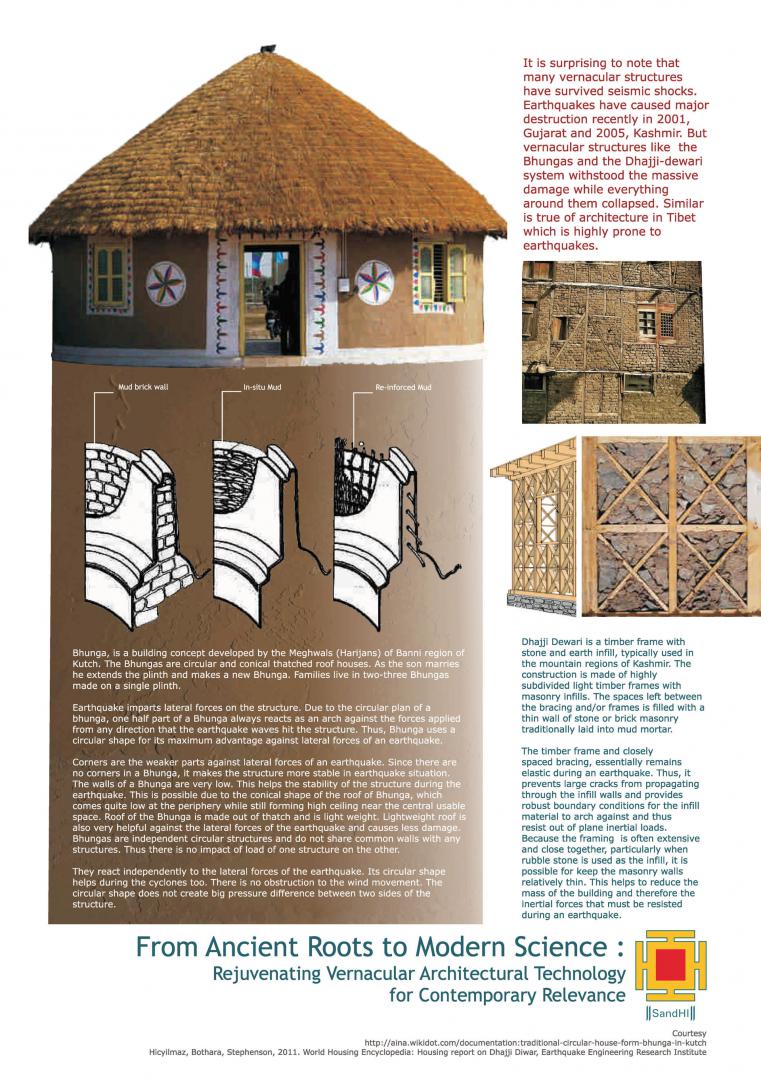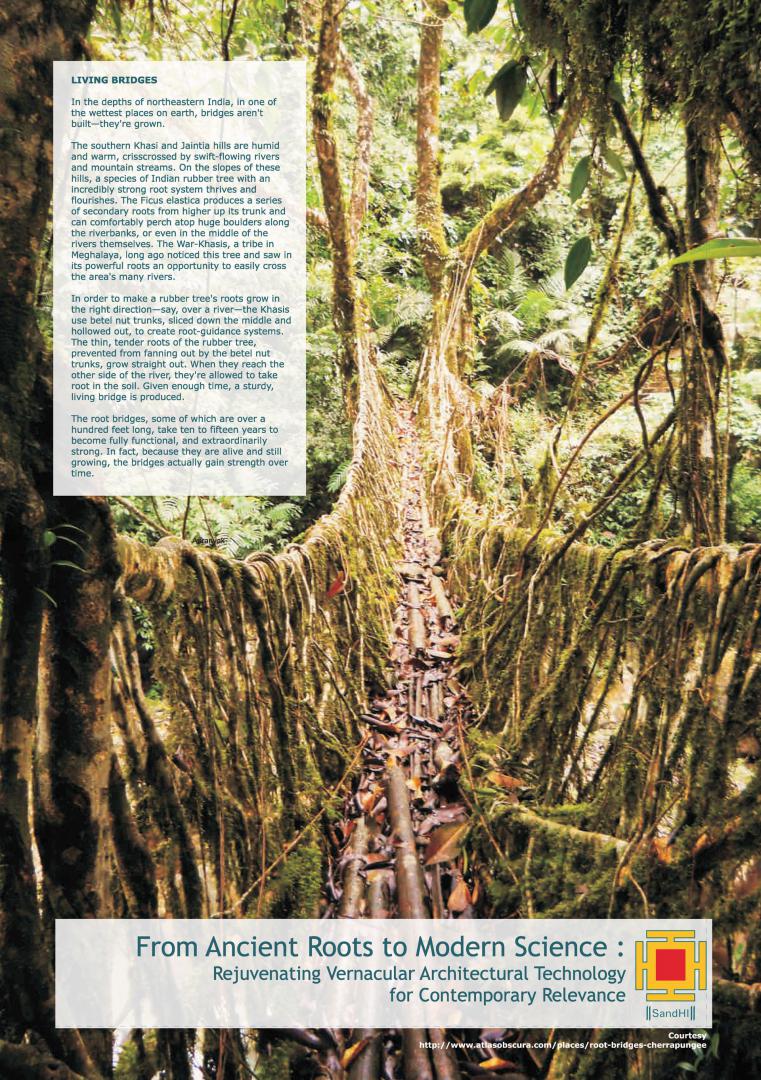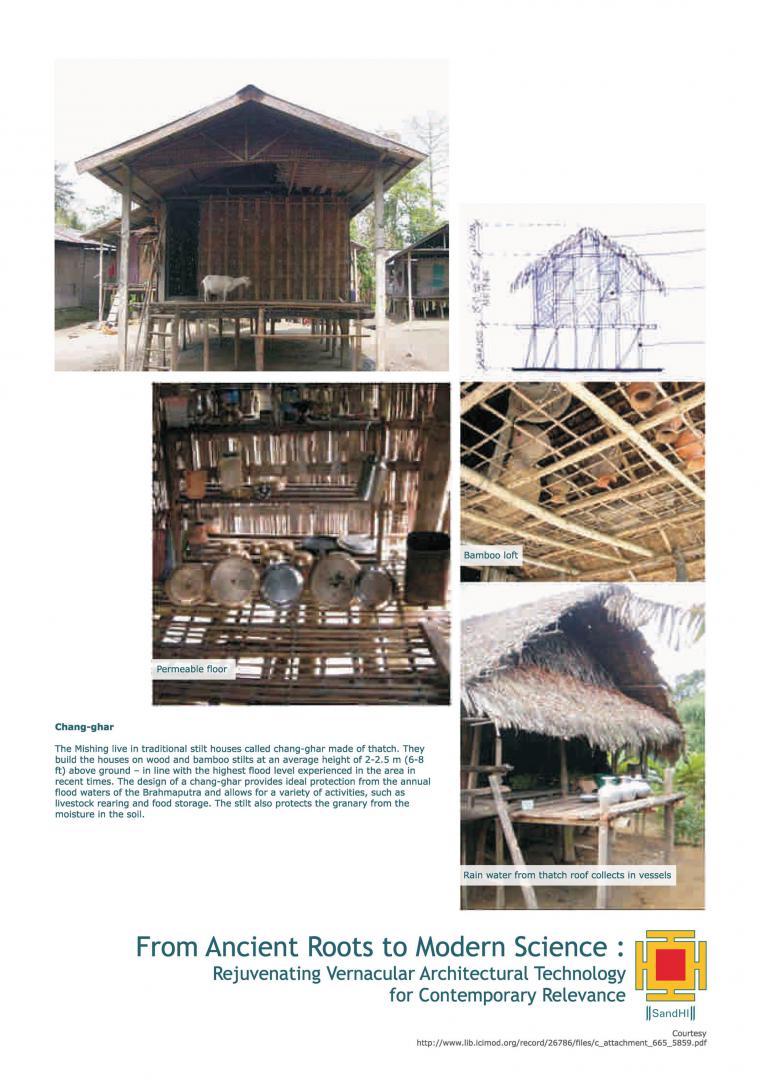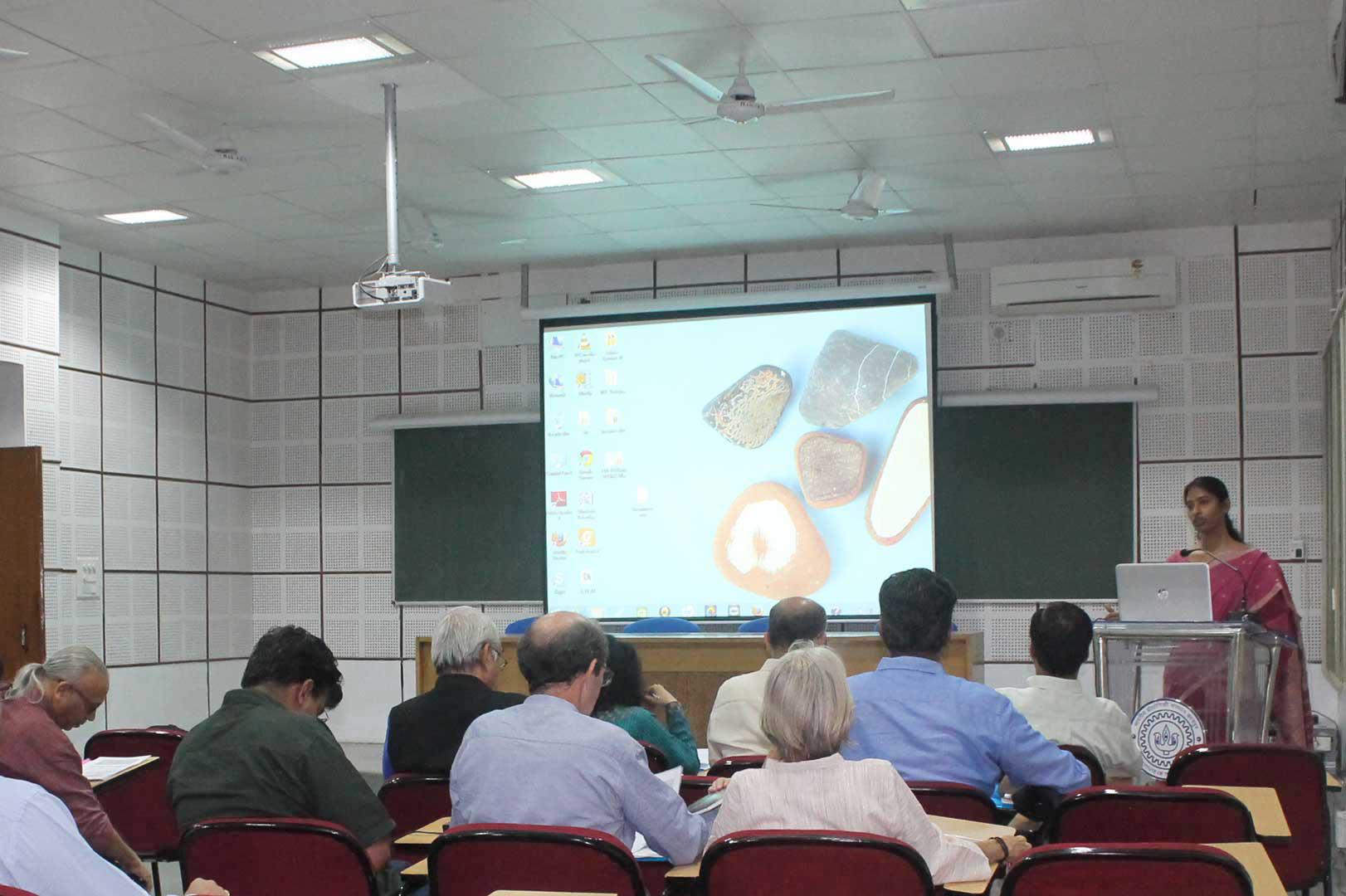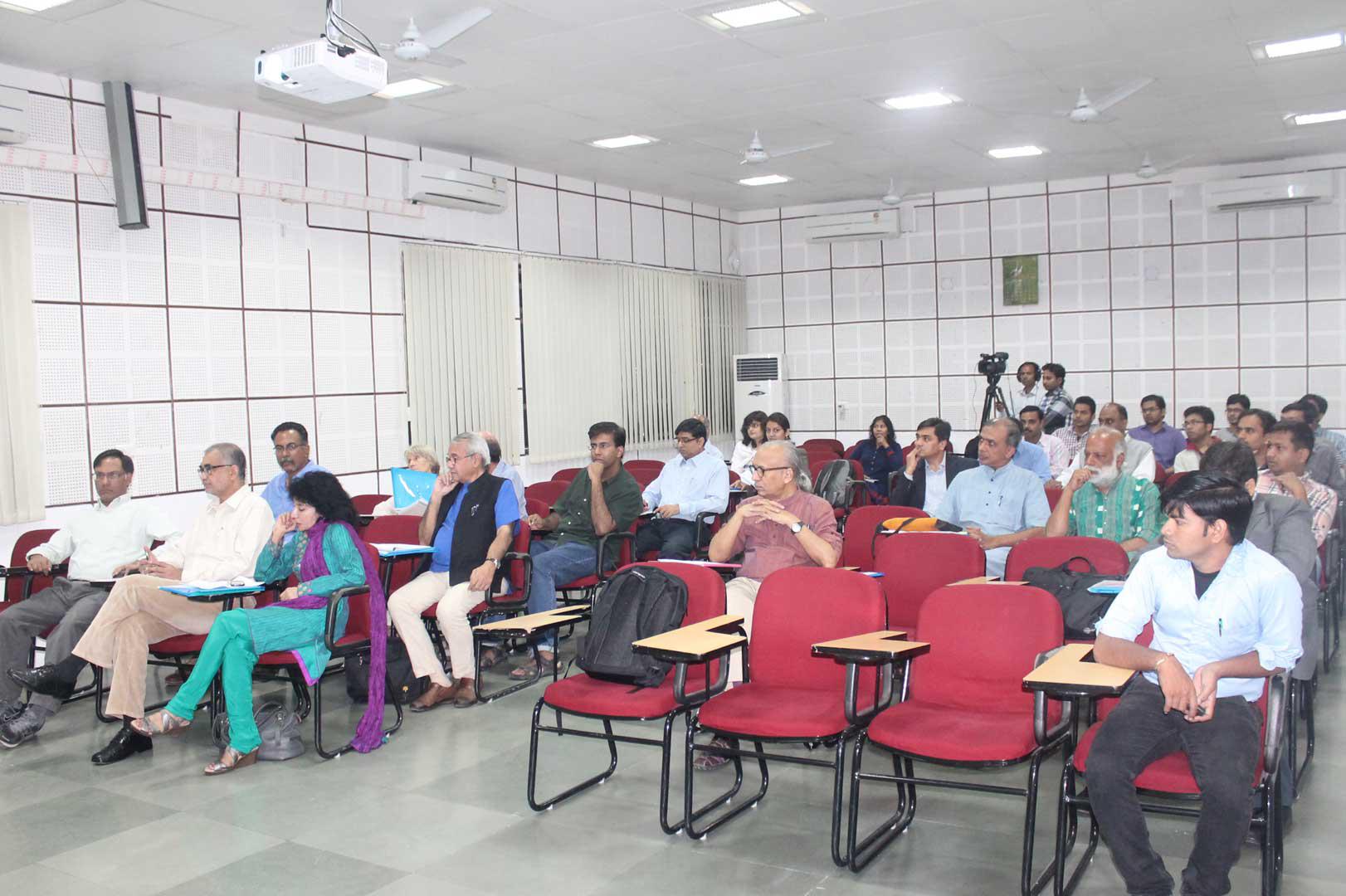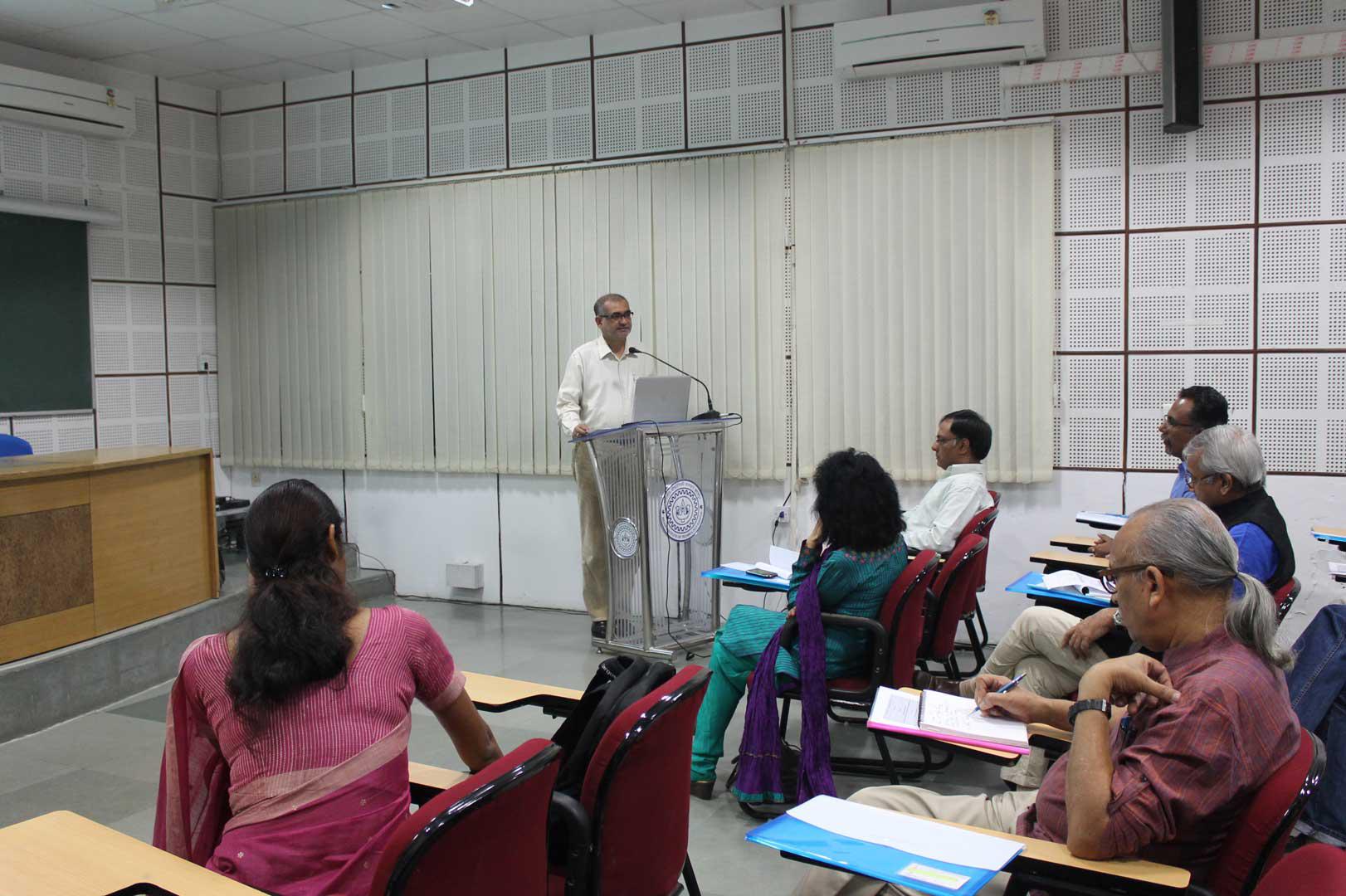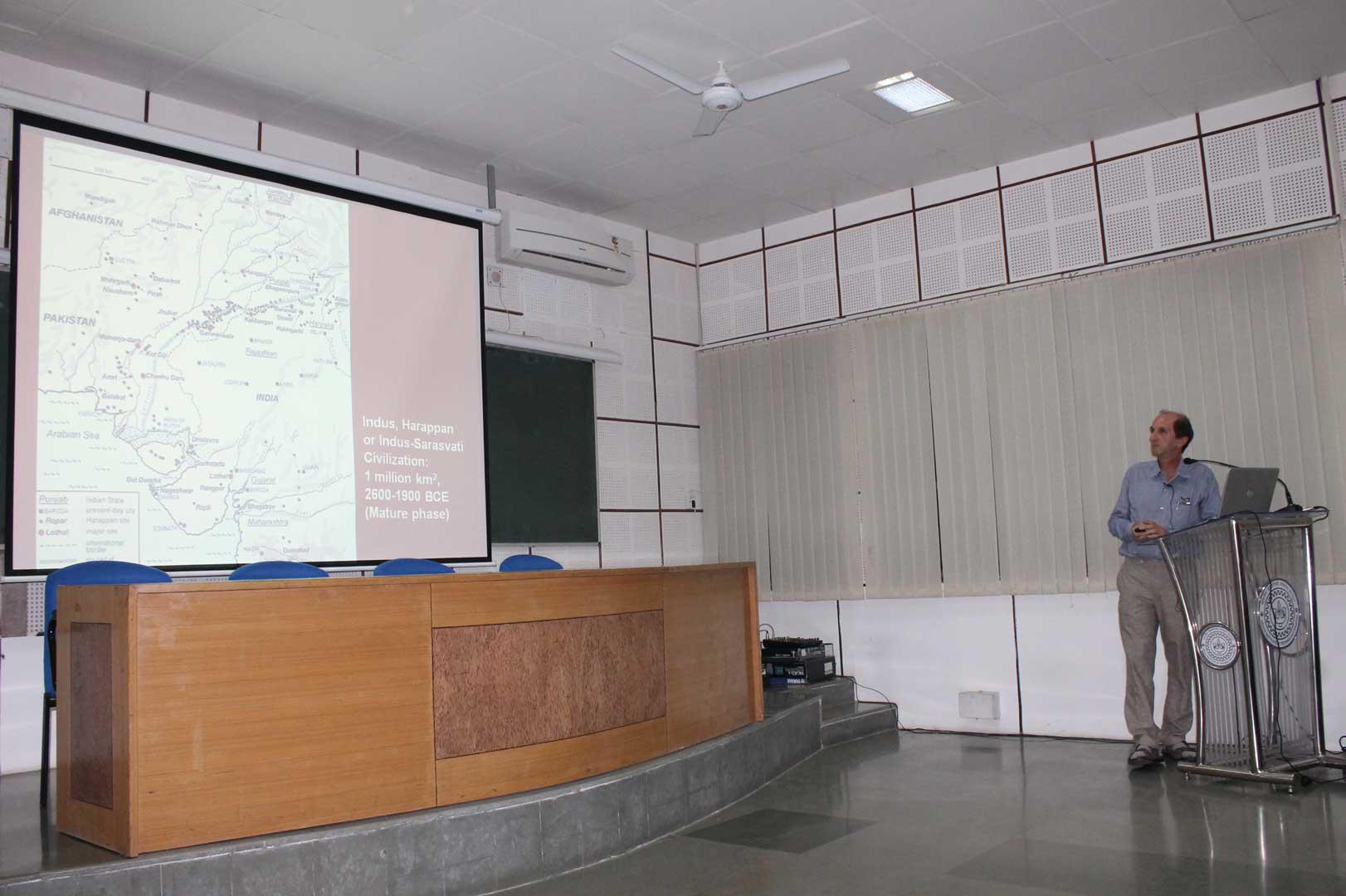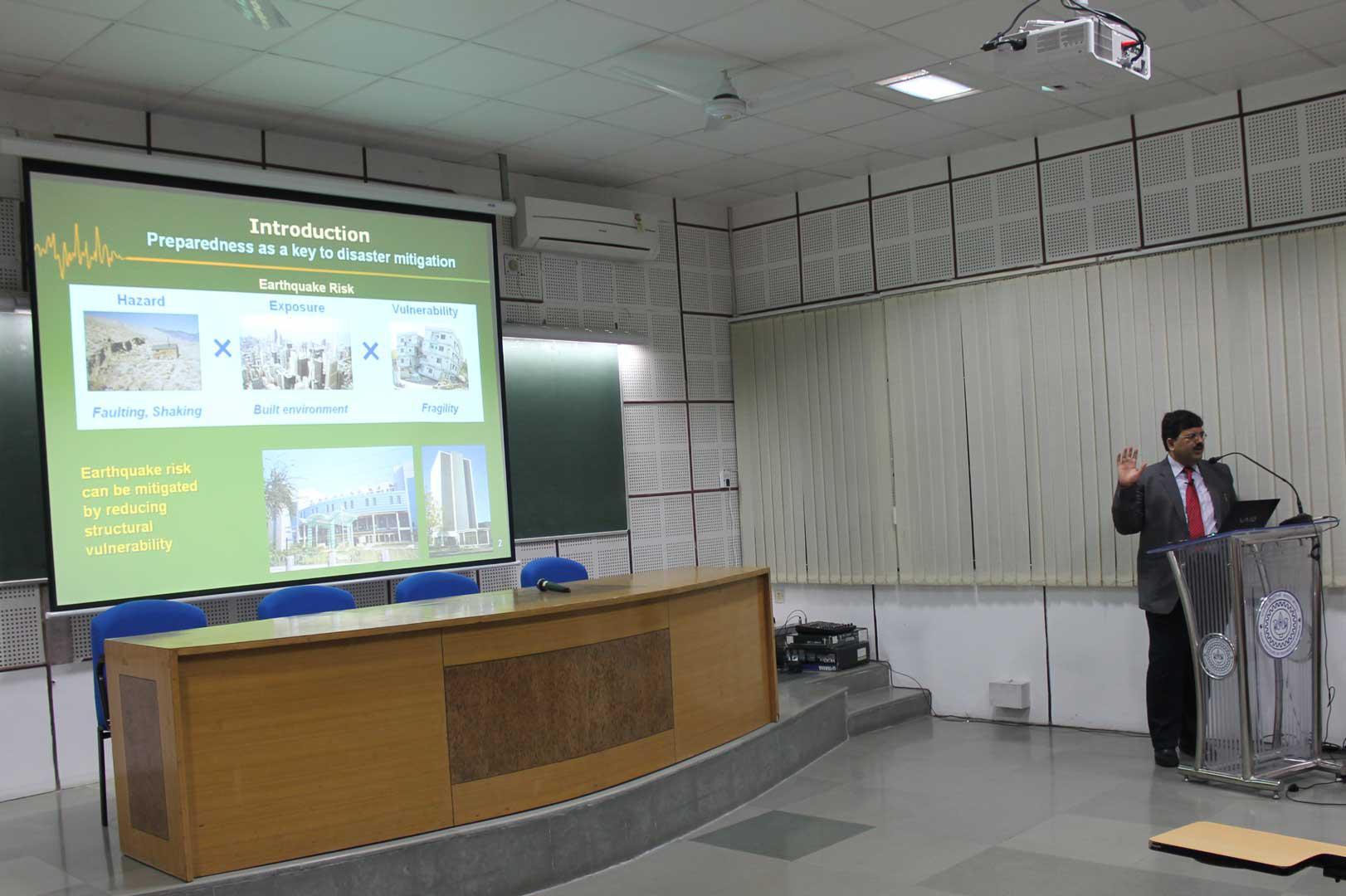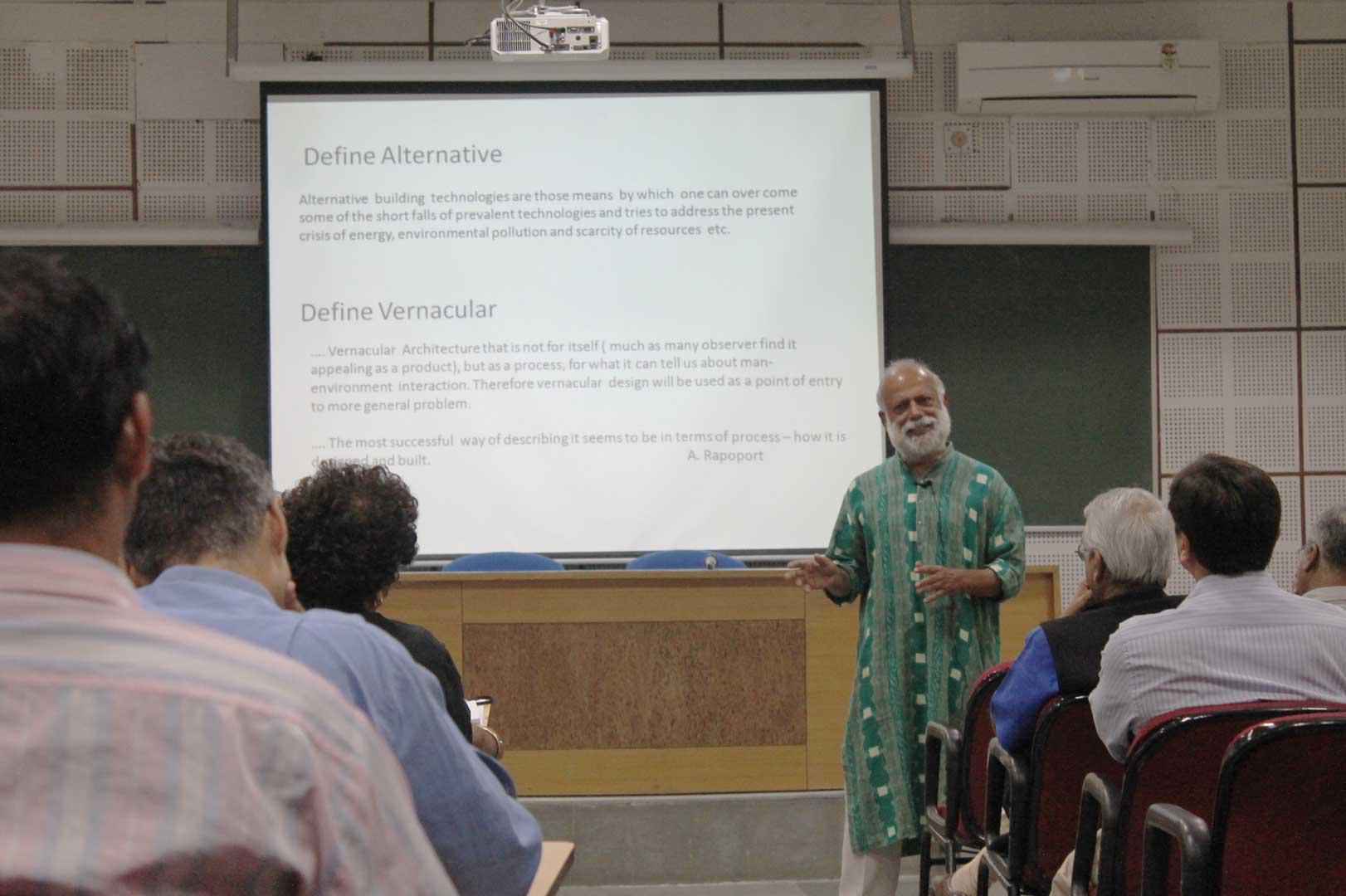SandHI sangrahalaya: Interactive museum of scientific study of Indian knowledge systems and resource center

This is an artistic rendition of the possible museum plan which only denotes the activities associated with the museum.
SandHI sangrahalaya (museum) is envisaged as an interactive platform for displaying the finest intellectual achievements of the Indian mind in the field of science and technology as expressed and manifested in its material culture. The Sandhi projects decoding and analyzing various areas of science and technology such as water harvesting systems, sound engineering, tectonic and seismic analyses or cognitive linguistics will feed into the museum content directly. The museum content will be designed as a learning pedagogy rather than an exhibition or a display. The museum will consist of walk-through of the Iconic building as a manifestation of Indian knowledge, various demonstrations, models and simulations of ancient science and technology and adaptation of ancient games. The museum will be heavily dependent on information visualization in print as well as virtual interactive displays for conveying information.
Objectives:
- To derive and disseminate through demonstration the scientific principles and processes of Indian knowledge systems.
- To understand and interpret principles of Indian science and technology through an object (rather than the object through the principle).
- To arouse interest and curiosity amongst students for Indian ways of thinking and problem solving.
- To reach out to the city of Kanpur through outreach programs of the museum.





